Praxelis
Praxelis clematidea, Fam. Asteraceae
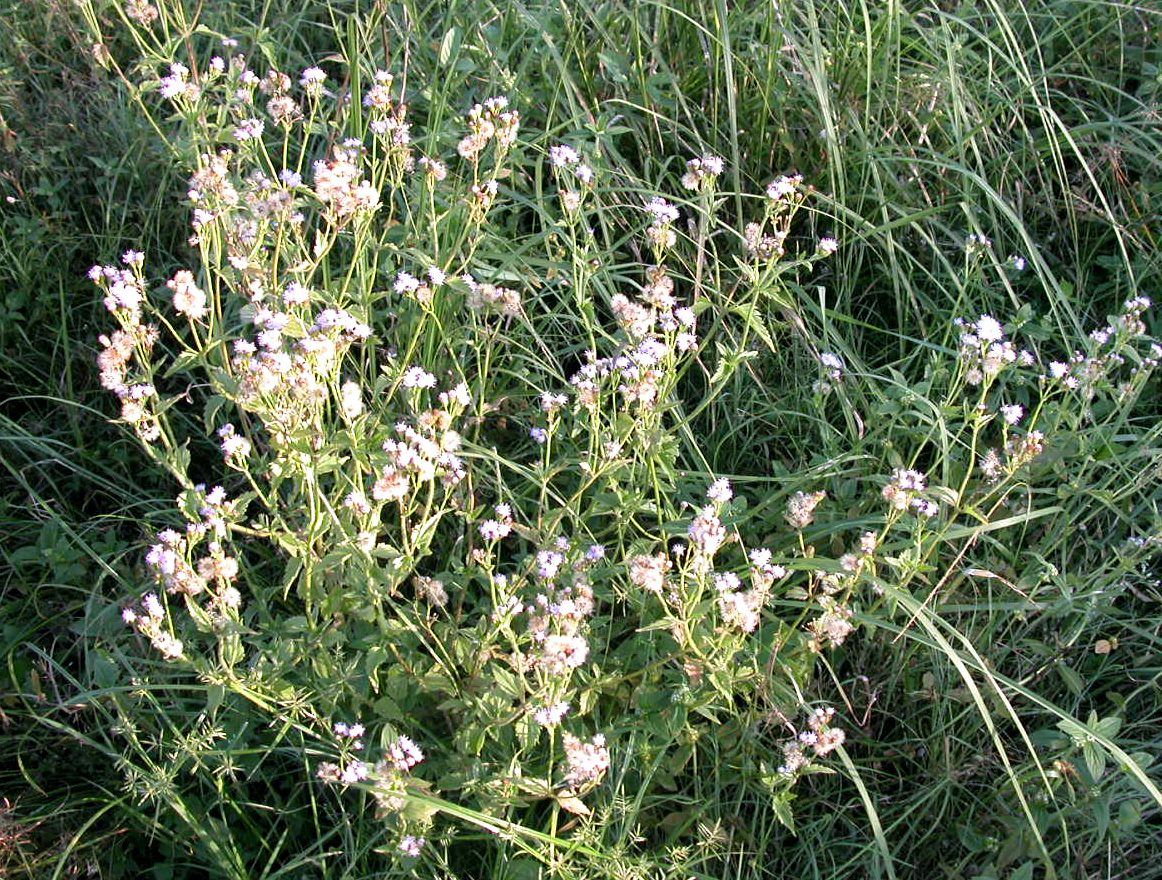
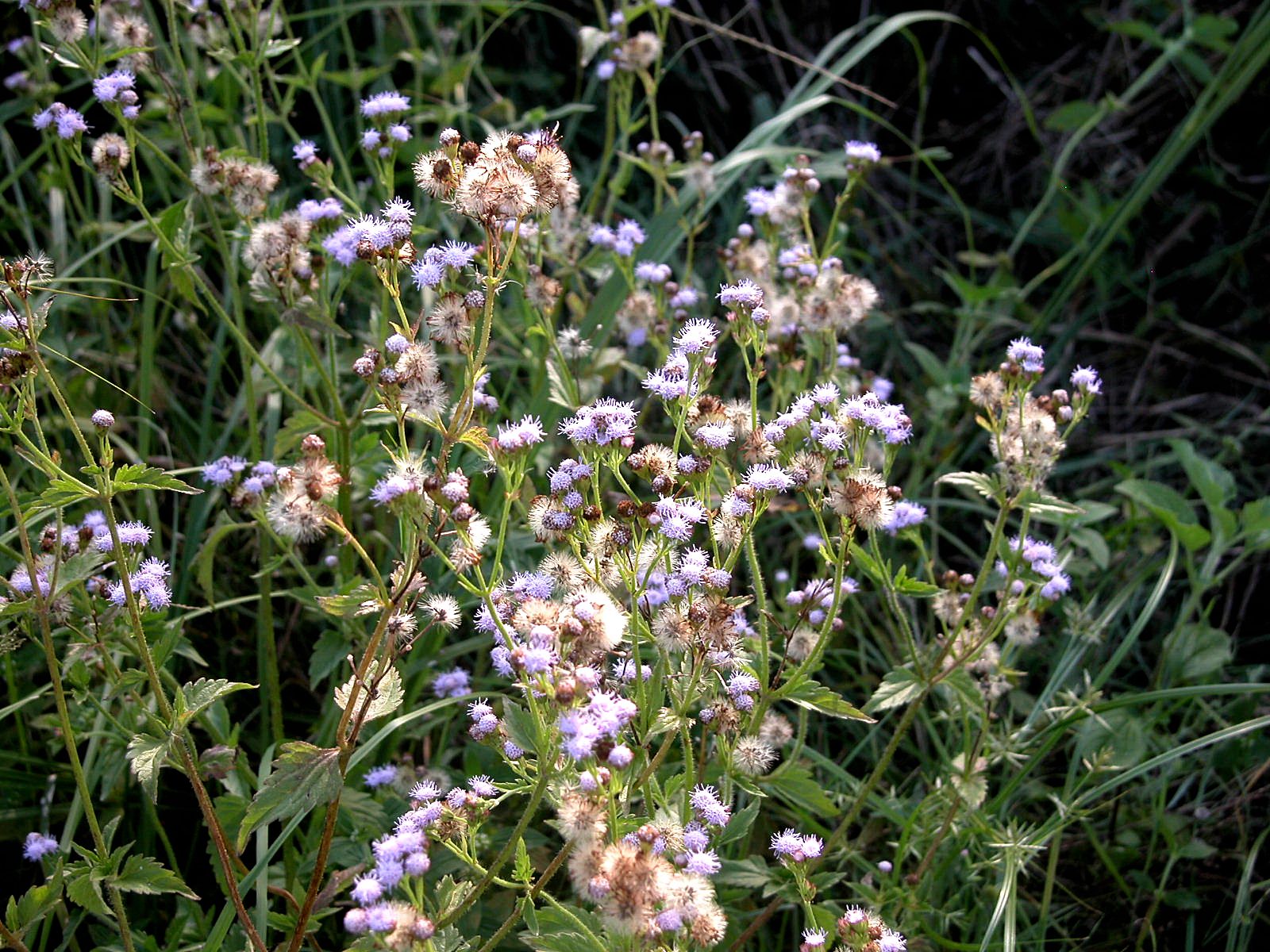
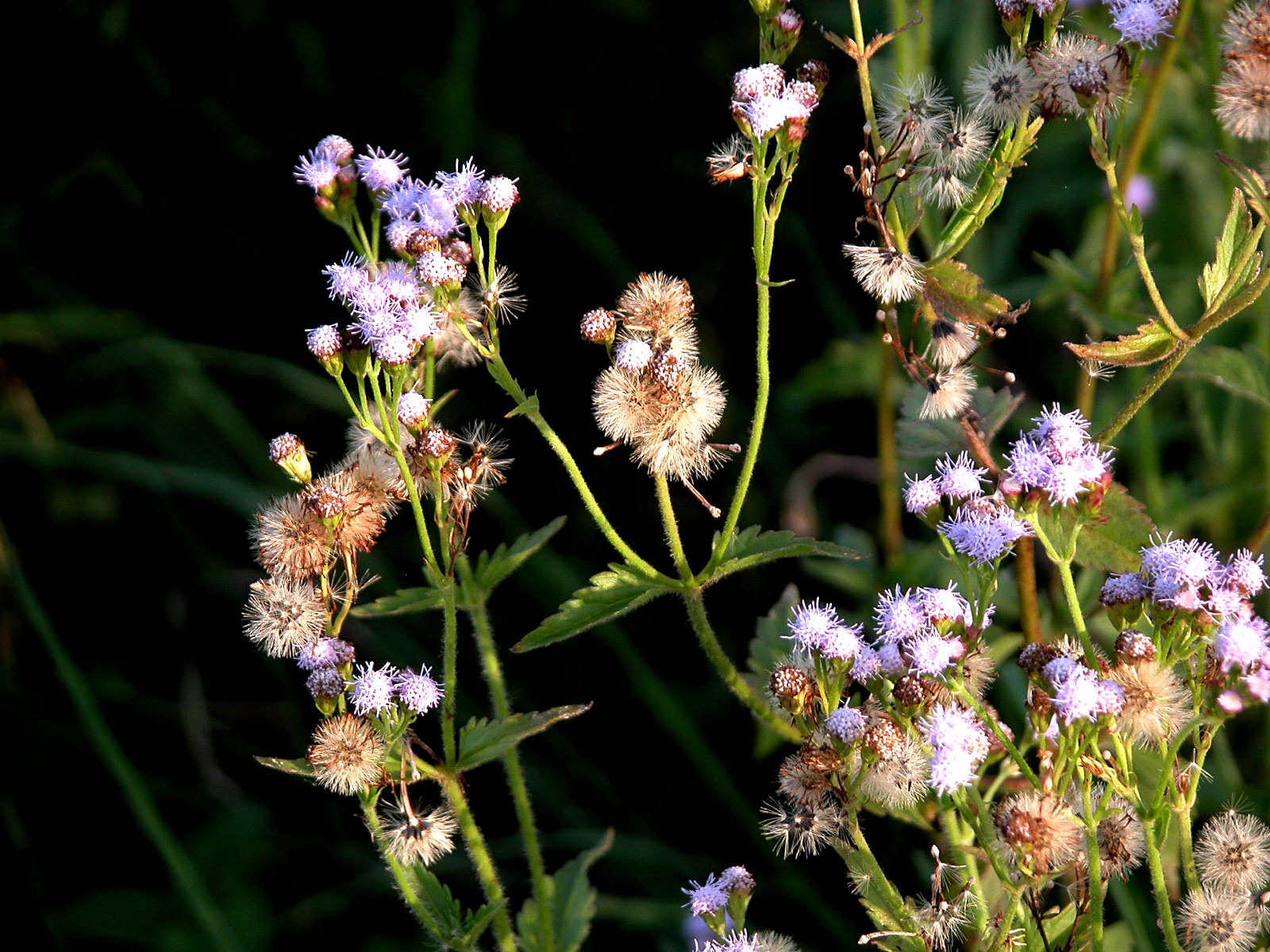
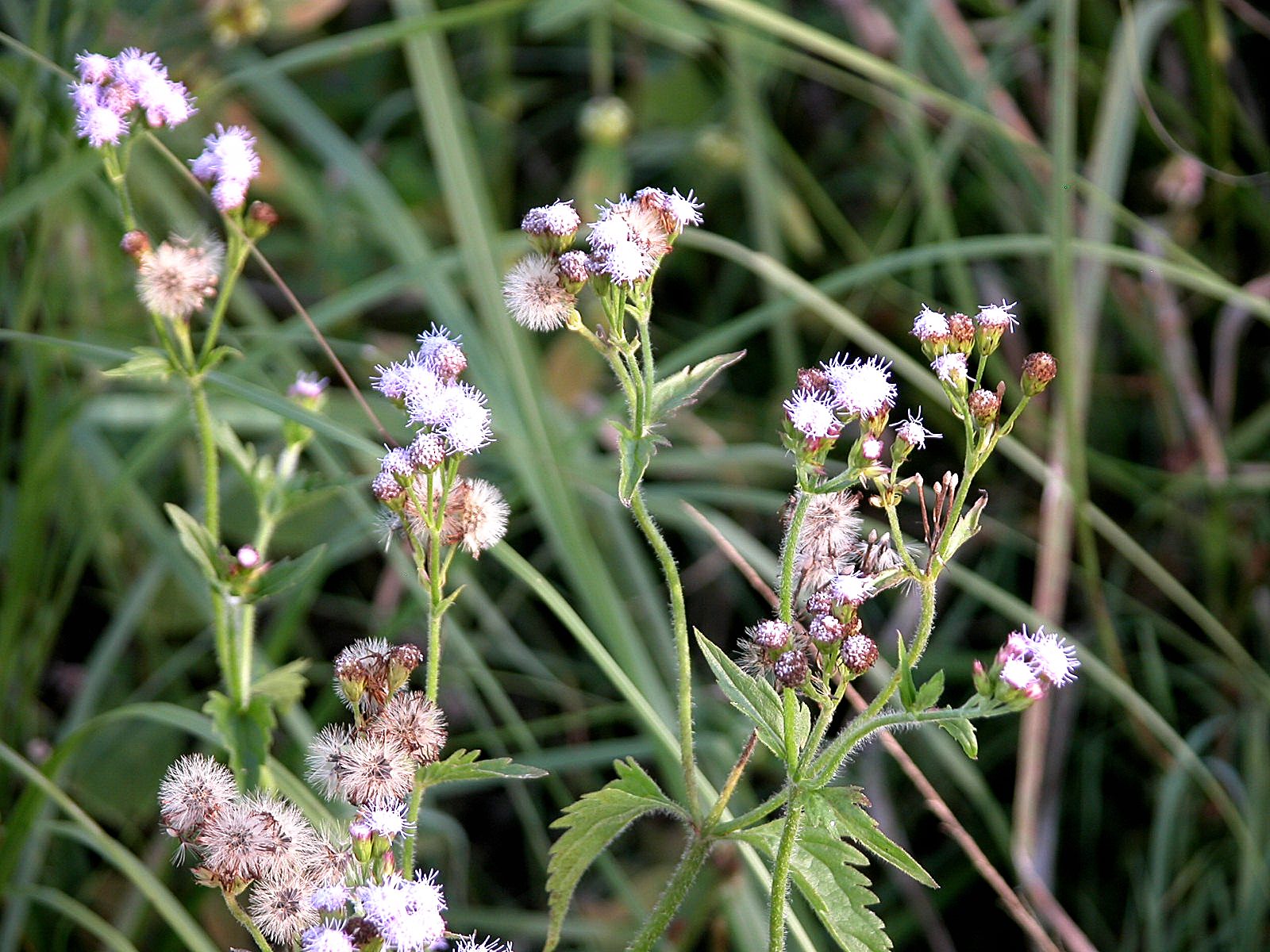
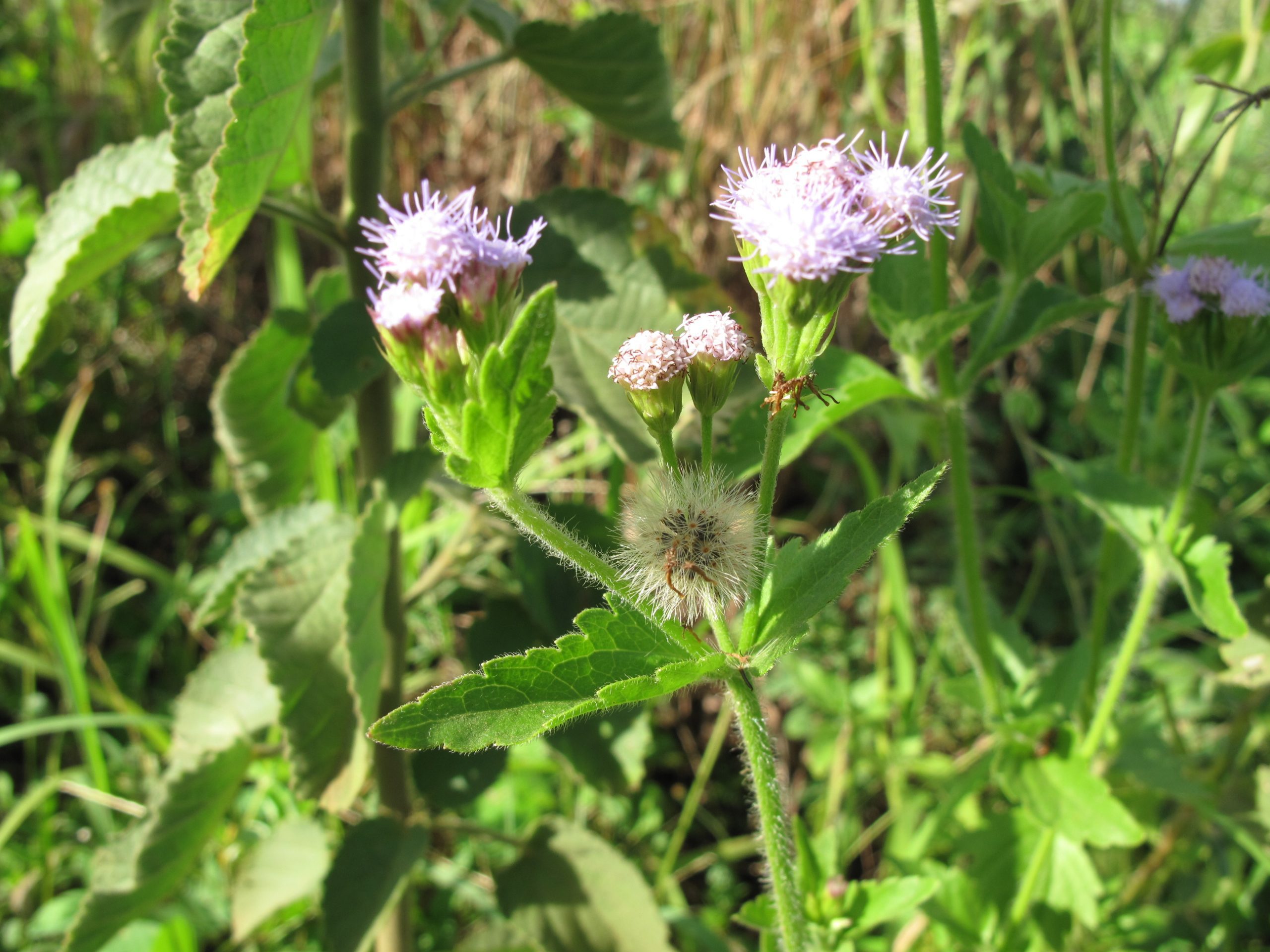
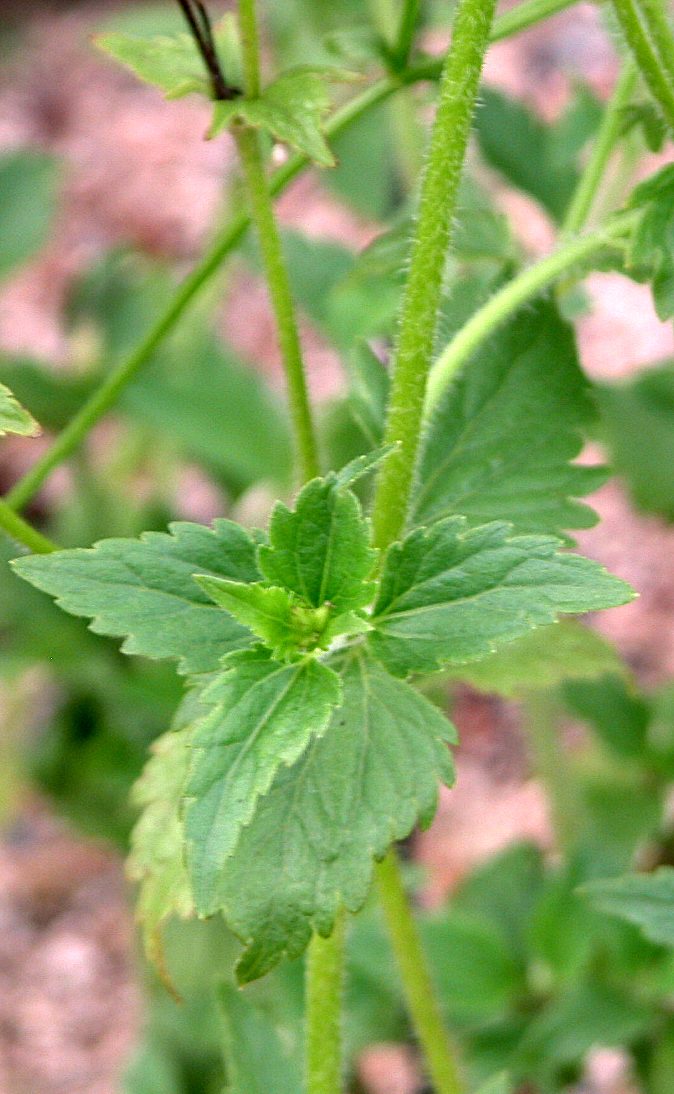






Annual or short lived perennial herb, 0.5-1m tall. Many upright stems, covered in coarse hairs.
| Weed Category: |
Weed Alert The National Environmental Alert List (the Alert List) for environmental weeds identifies 28 species that are in the early stages of establishment and have the potential to become a significant threat to biodiversity if they are not managed.
|
| Weed: | Yes |
| Form or habit: | Herb |
| Family: | Asteraceae |
| Leaf: | Simple Opposite Simple, opposite, ovate to diamond-shaped, a little sticky, hairy on both sides, toothed margins. |
| Flower conspicuous: | Conspicuous |
| Flower colour: |
Blue, Purple |
| Flower description: | Blue purple fluffy heads, 7–10 mm long, set in cone shaped receptacles (a key distinguishing feature) and borne in terminal groups. |
| Fruit conspicuous: | Inconspicuous |
| Fruit colour: |
Black |
| Fruit: | Dry |
| Fruit description: | Black ‘seeds’ 2-3mm long, topped with a tuft of finely barbed bristles about 3-4mm long. |
| Habitat: | |
| Distribution | |
| Food source for: | |
| Toxicity: | Toxic if ingested |
| Origin: | South America |
| Notes: | Spread by: wind, contaminated soil, machinery. Invades/threats: disturbed areas, roadsides, fencelines, railway lines, sugar cane land and run-down pastures. Can also invade undisturbed grasslands and woodlands. Forms dense stands excluding other vegetation. Notes: scattered infestations recorded throughout the region. Believed to be associated with movement of contaminated sand or soil. Similar in appearance to the less serious billygoat weeds (Ageratum conyzoides and A. houstonianum). Distinguishing features include an unpleasant smell similar to cat’s urine when leaves are crushed, the conical floral receptacle and darker blue flowers in praxelis versus an unpleasant but not cat-like smell, and a flat or slightly dome-shaped receptacle in billygoat weeds. In favourable conditions it can flower and seed all year round. Seed is able to spread large distances and the weed can establish quickly. There is some evidence it may be toxic to stock. New sightings should be reported immediately for appropriate attention. |
| Information sources: | Mackay Regional Pest Management Group (2018) Weeds of the Mackay Whitsunday Region Second Edition. |